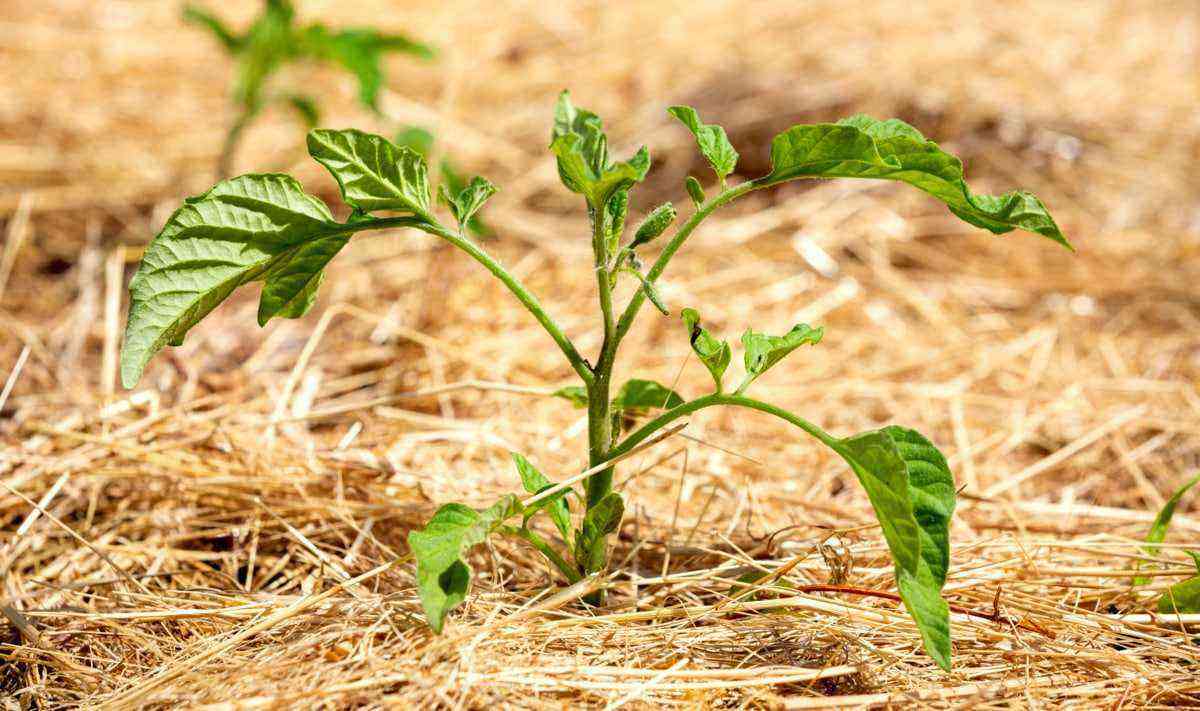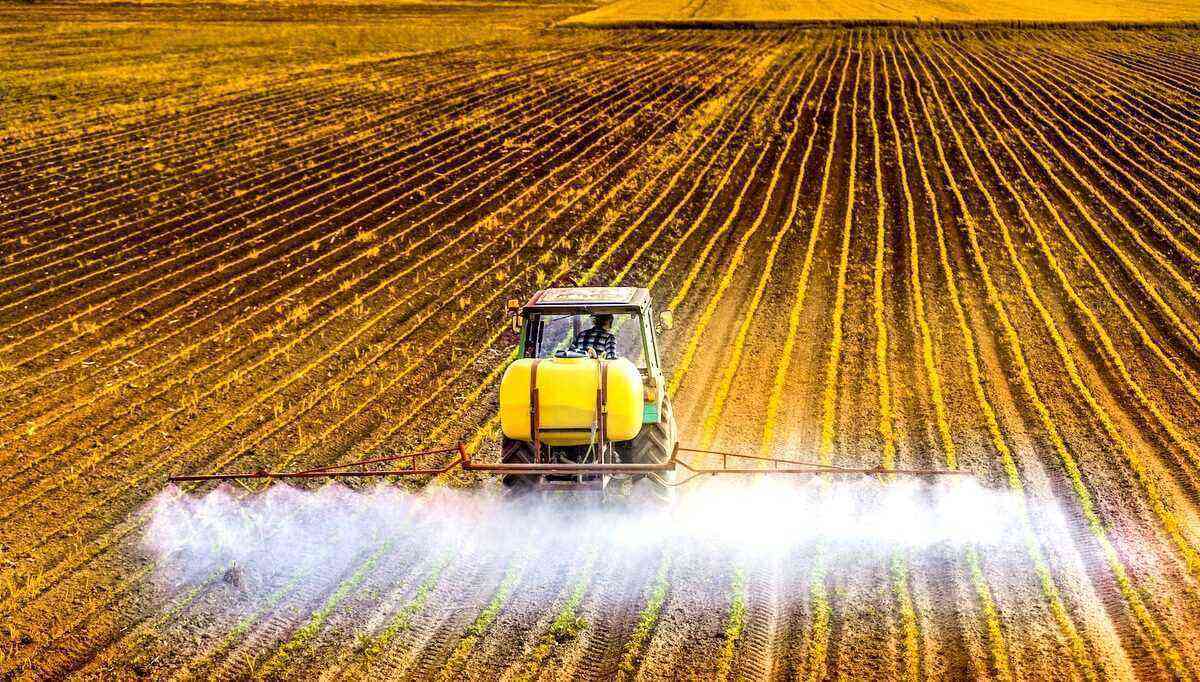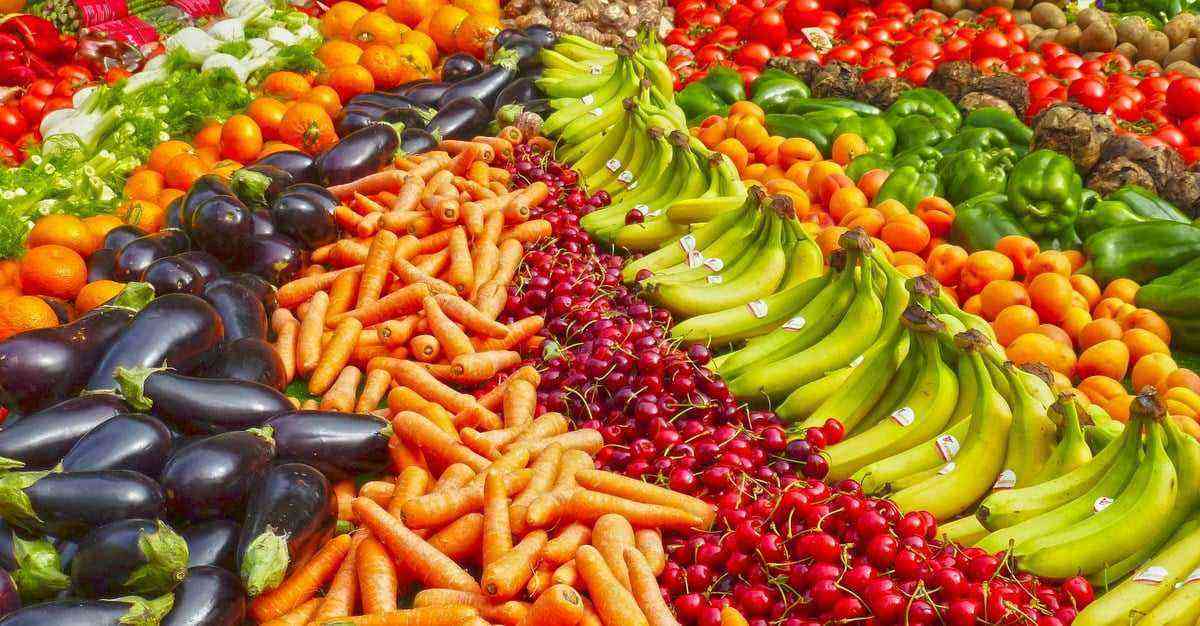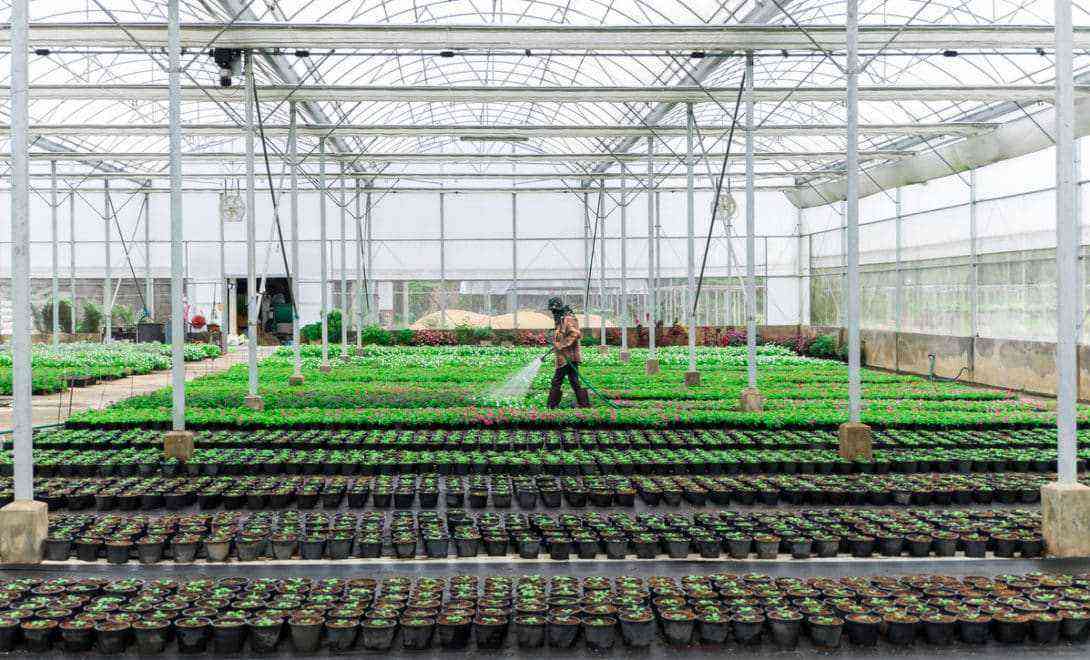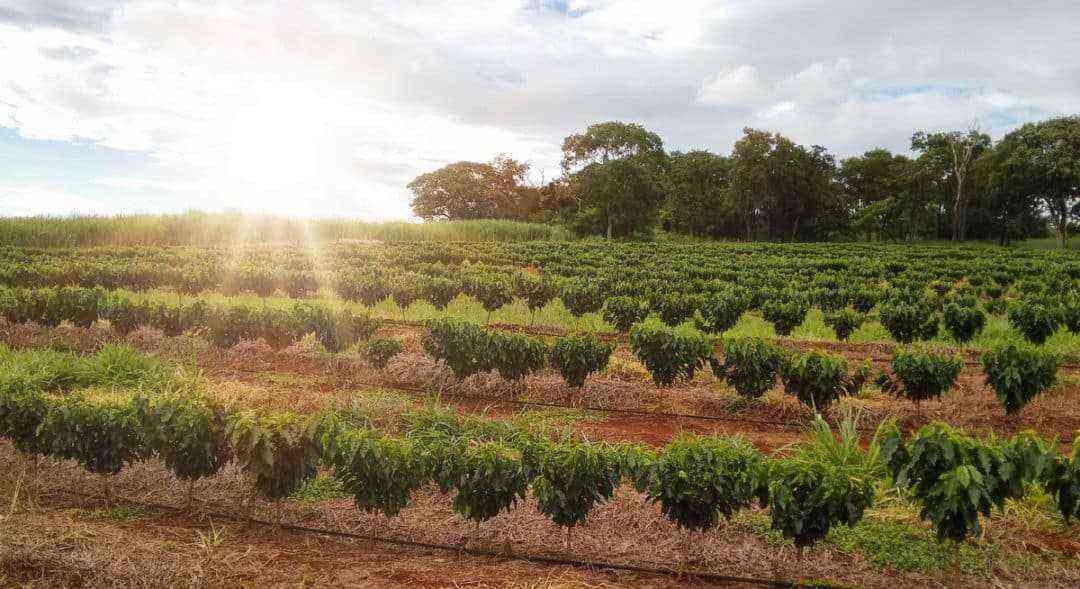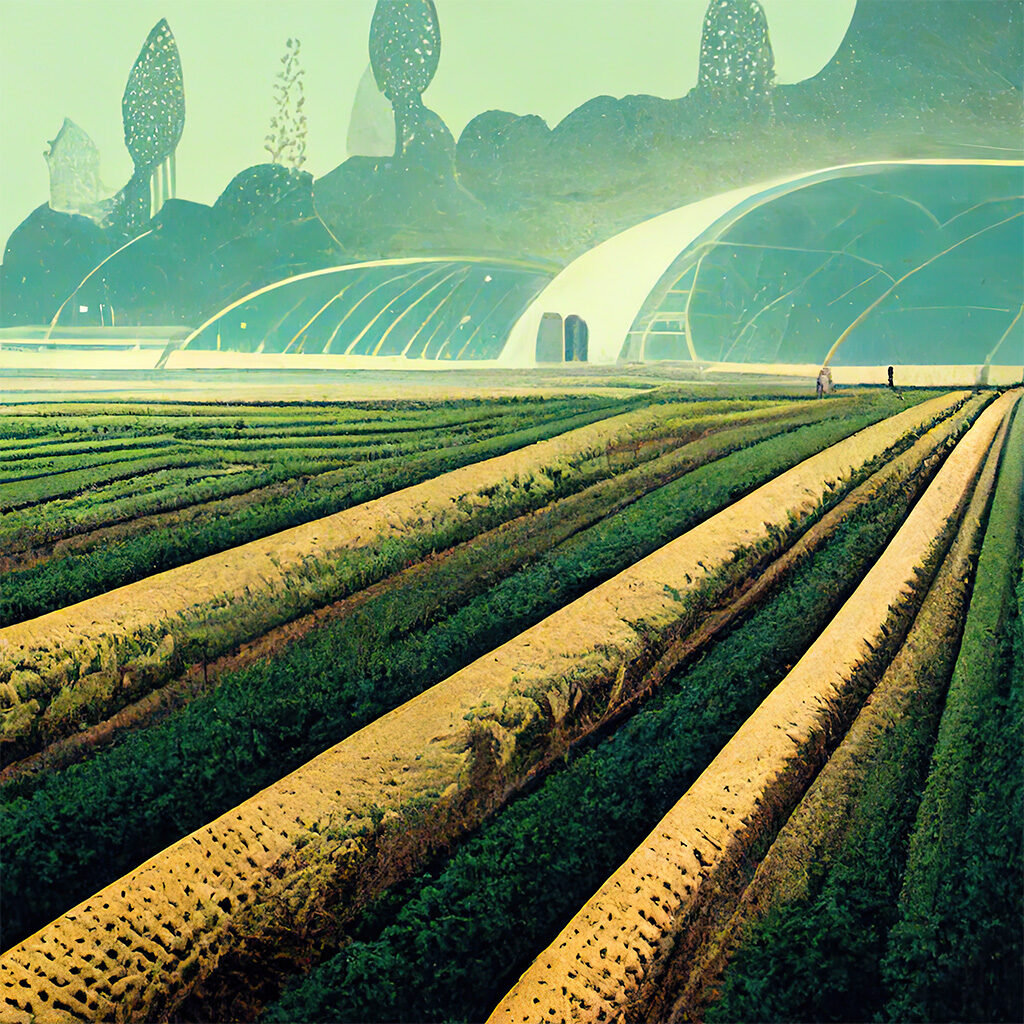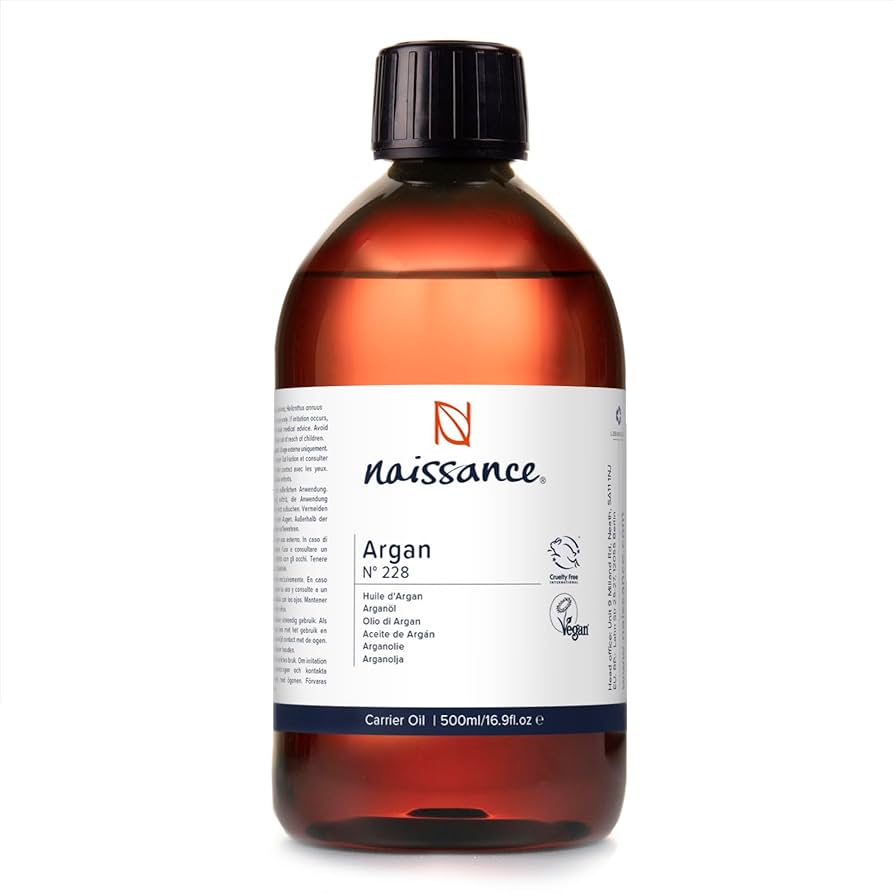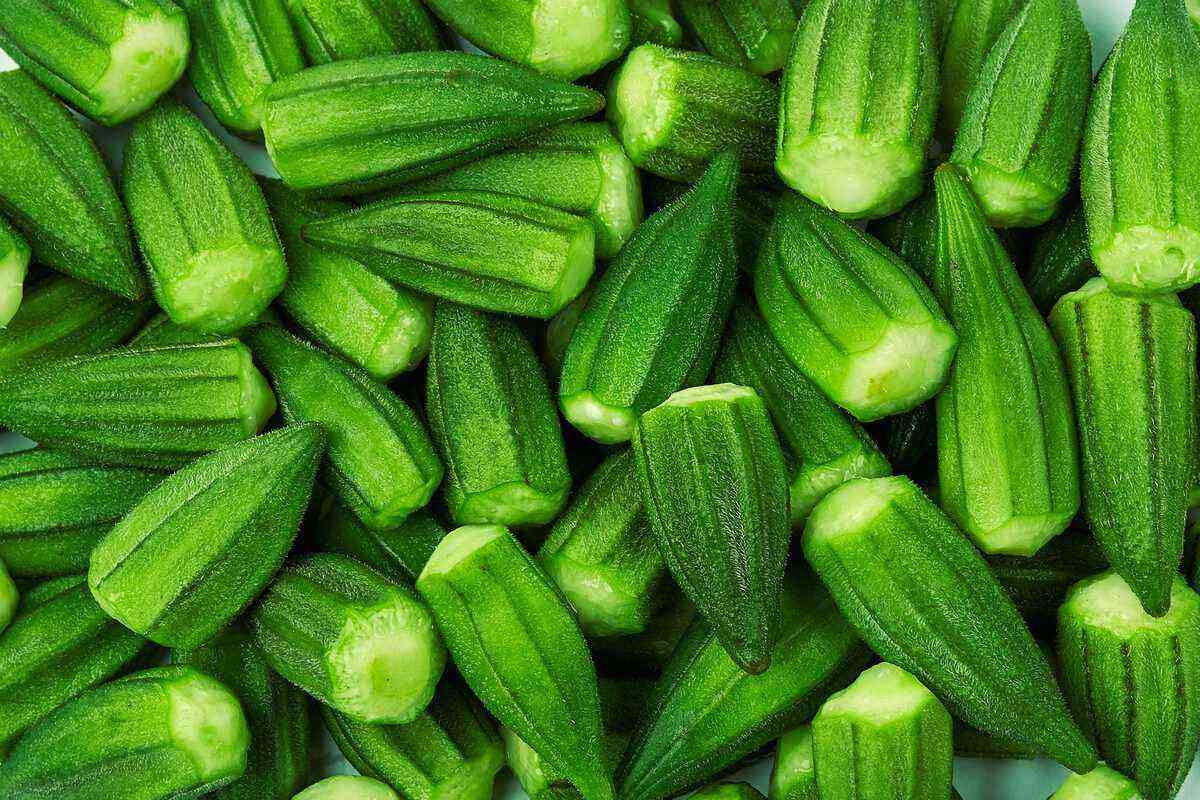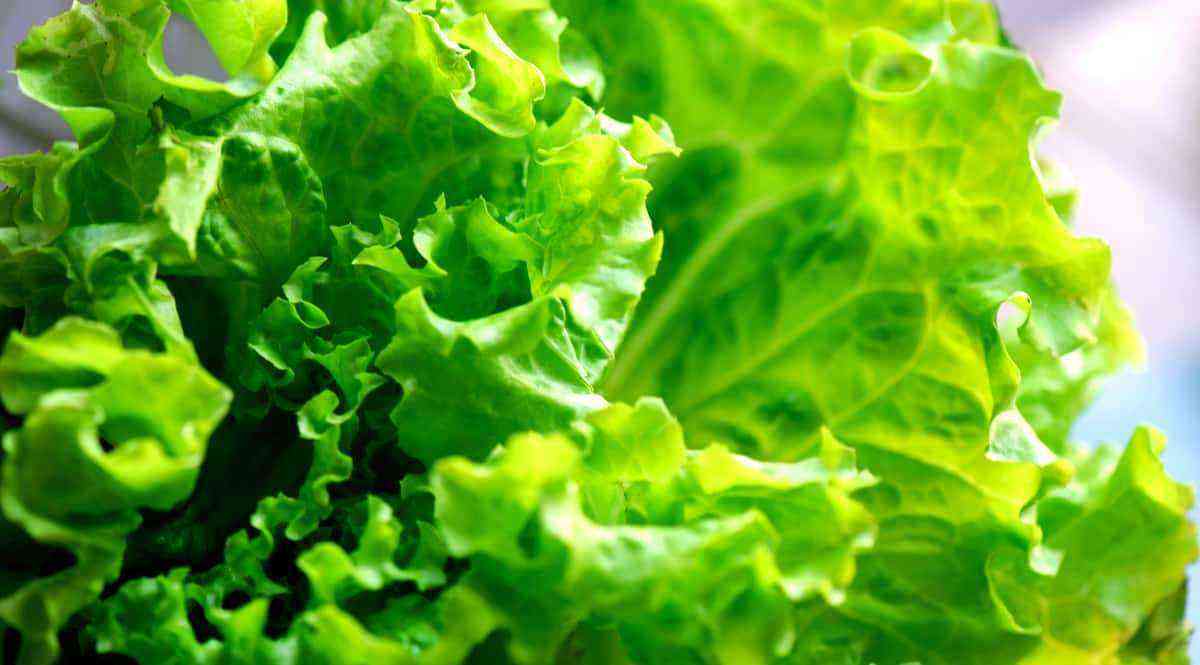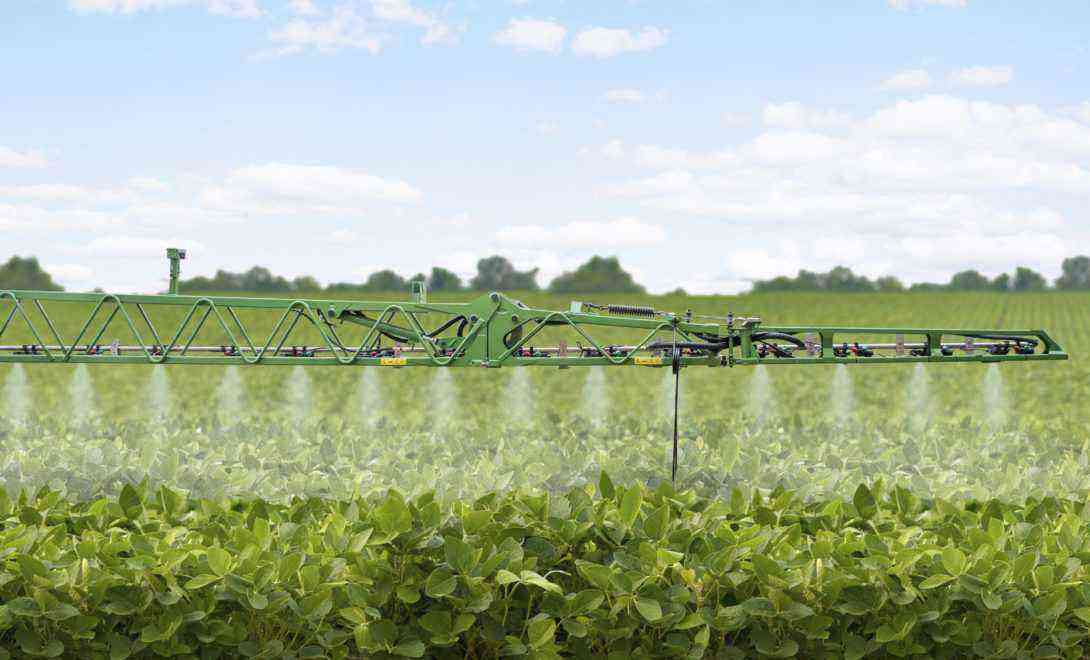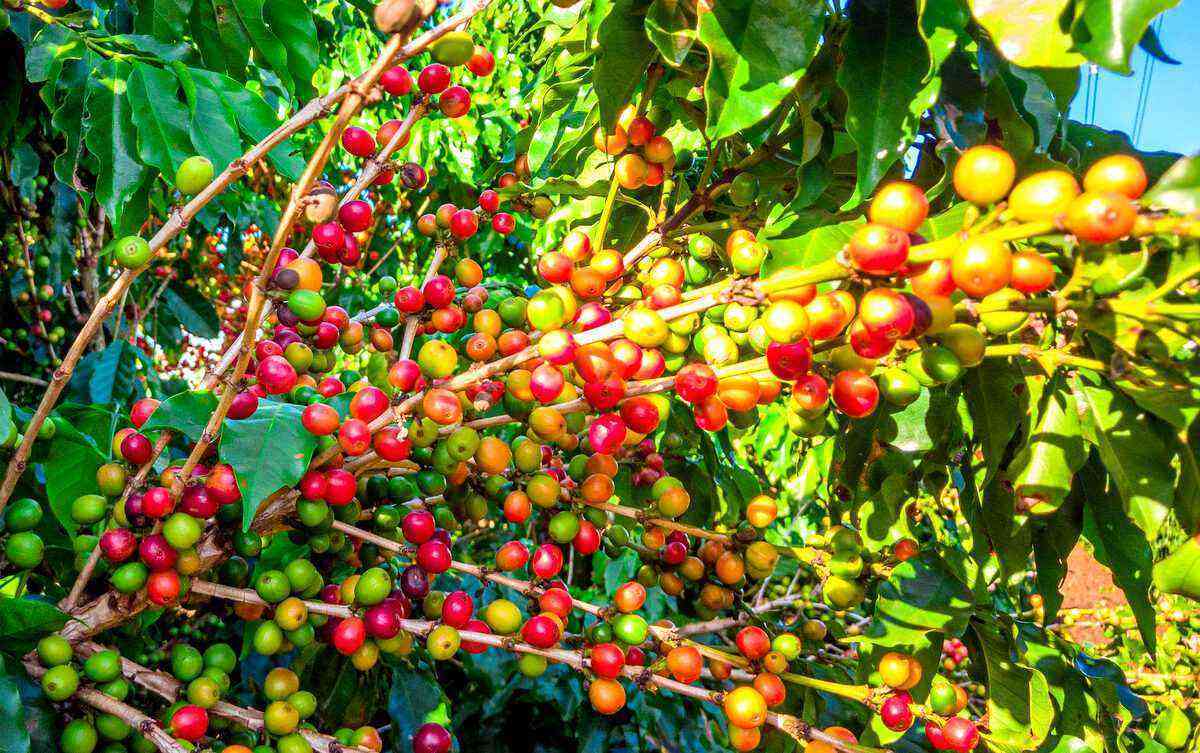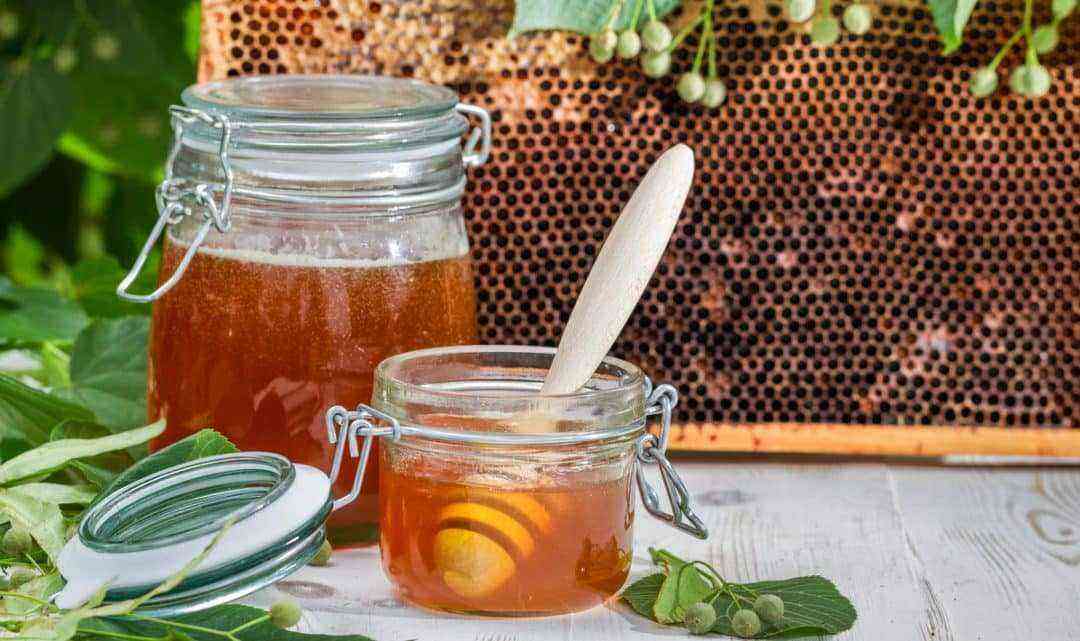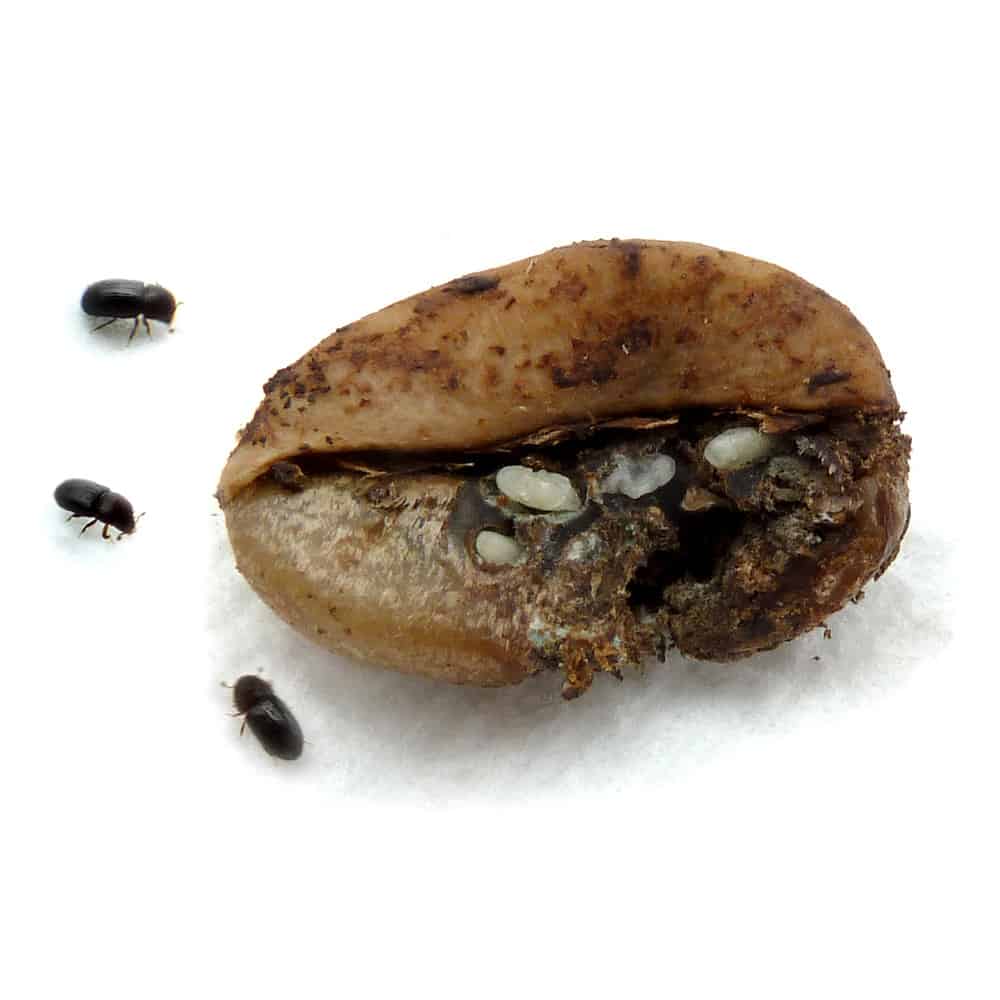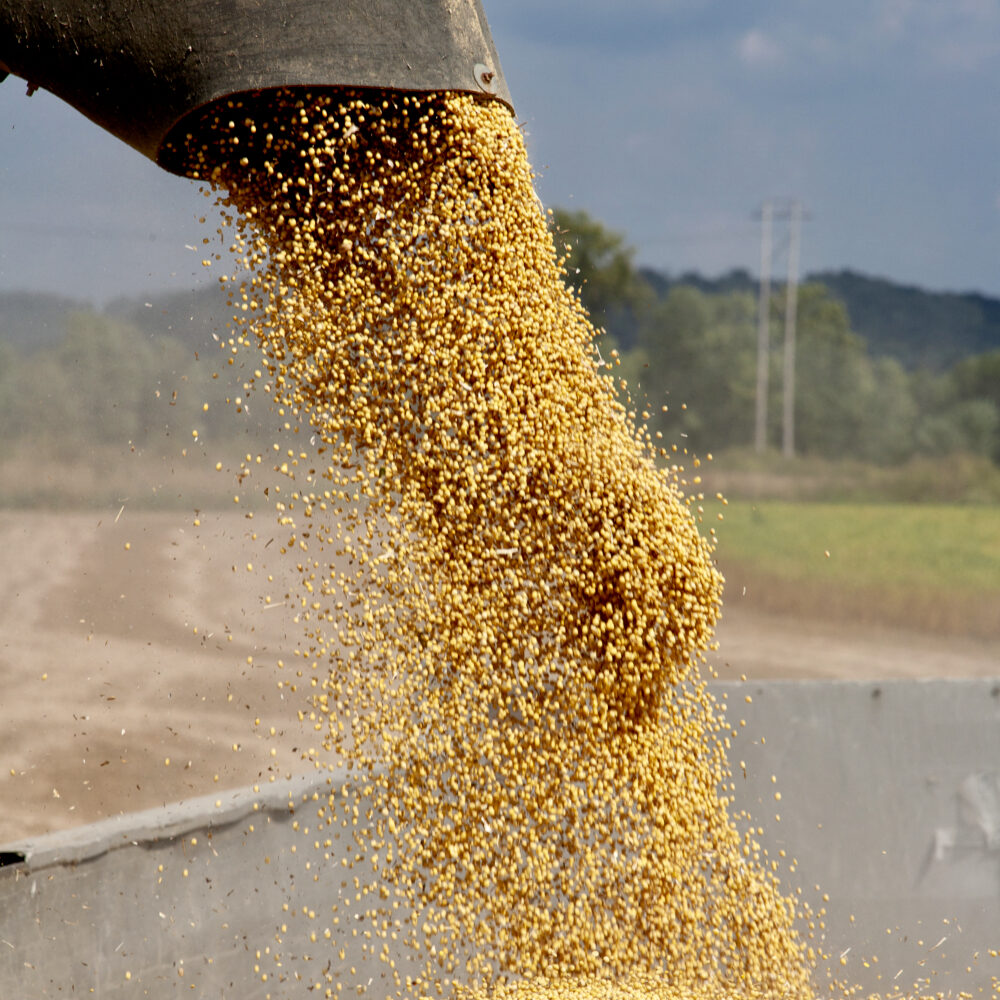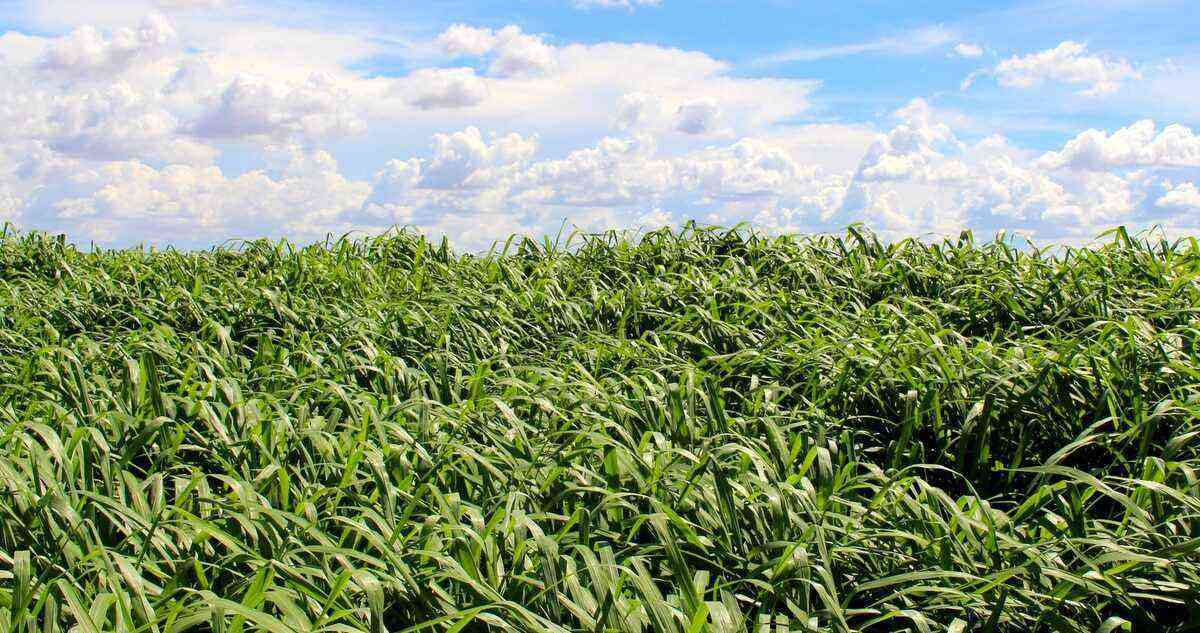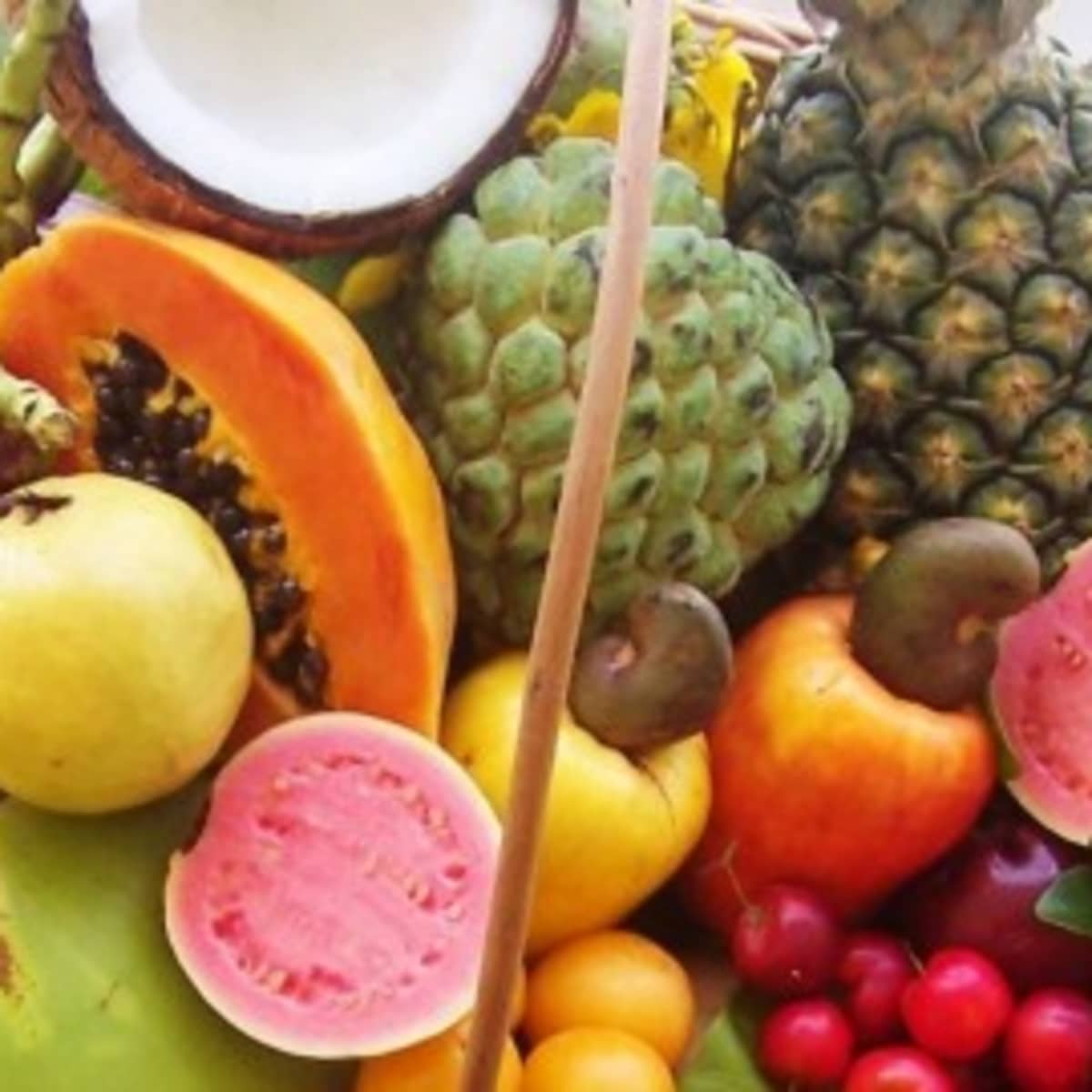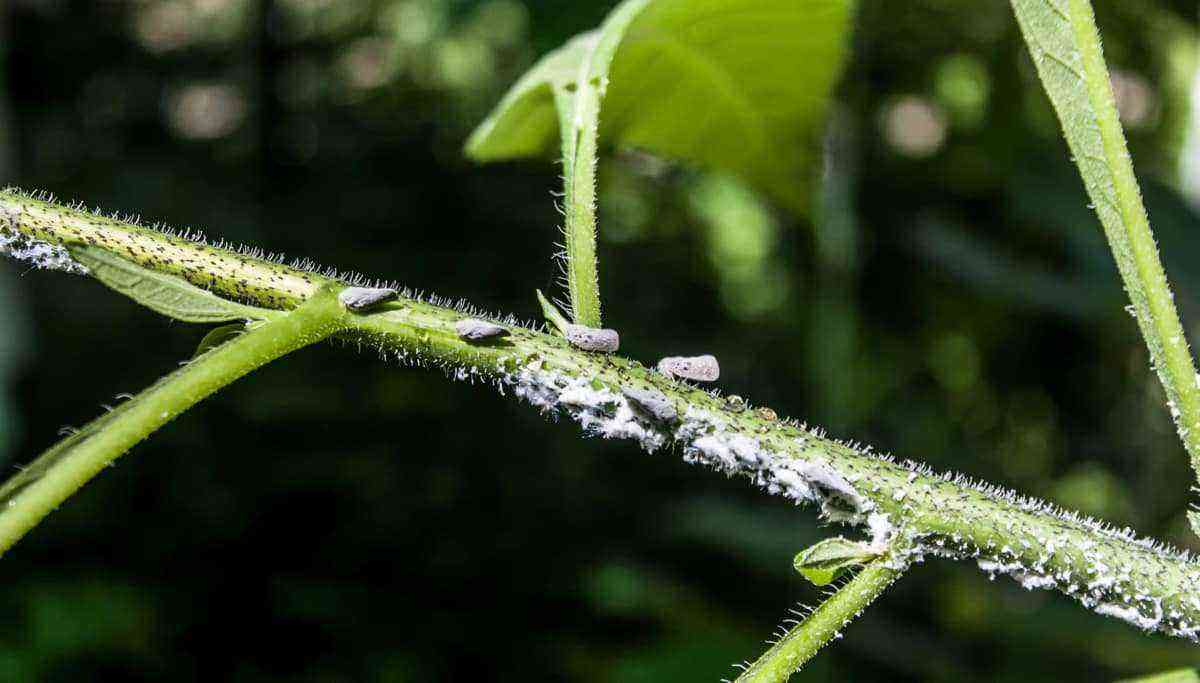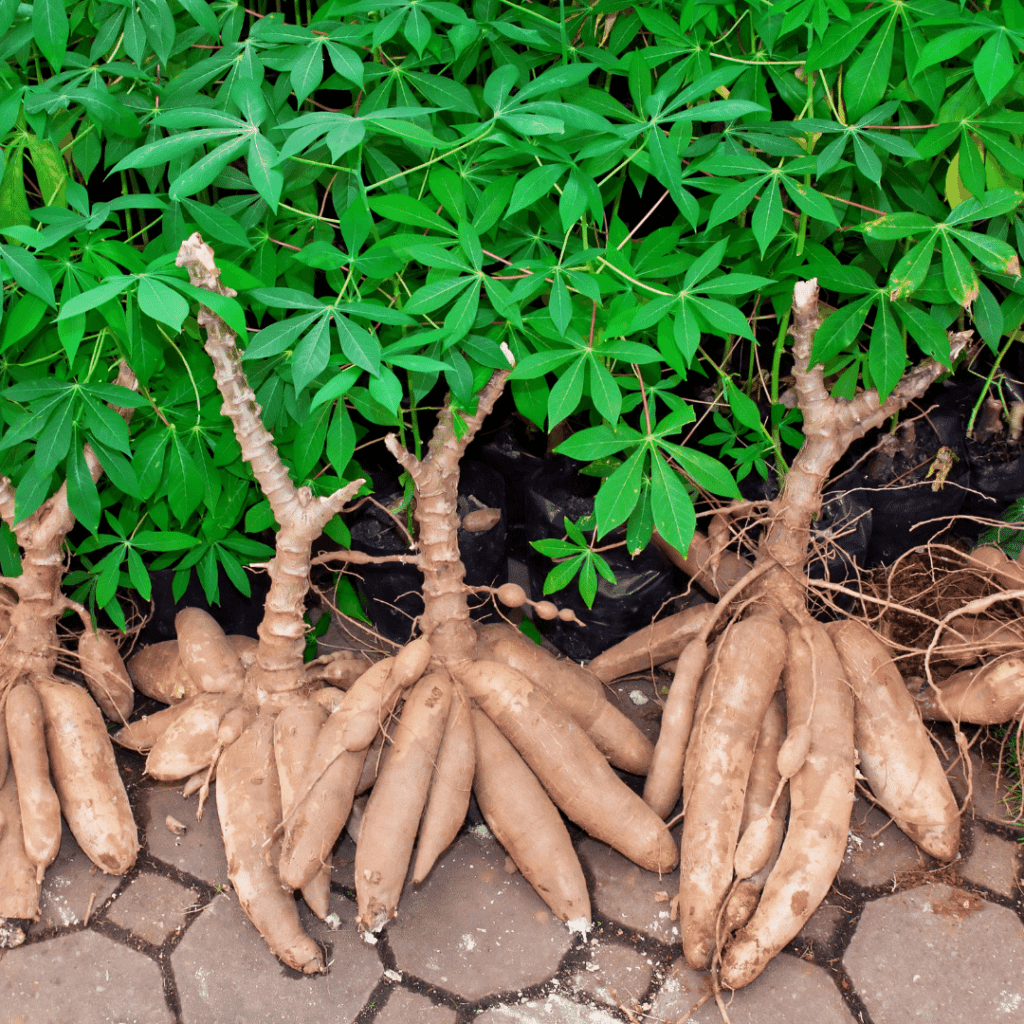How many types of onions you know? This vegetable, consumed for more than 4 thousand years, has excellent planting conditions in some regions of the country and subtle differences that contribute to its use in the most diverse recipes.
The easy development collaborates for a good production, as long as the incidence of sunlight is frequent and daily. We categorize 6 types of onions and the differences between them to help you choose your crop. Keep reading to find out more!
planting onions
The onion, popular name for Allium cepa, is a vegetable that grows most effectively in mild climates. Bulb maturation has its ideal development at temperatures of 20 to 25˚C.
Brazil is one of the 10 largest onion producers in the world. It is a vegetable produced mainly by small producers.
Currently, the largest national producer is the State of Santa Catarina, with a harvest of 114 tons in 2018. The Northeast region of the country also stands out, although high temperatures anticipate bulbing, which can harm the quality of the product.
Also read our article on how to plant onions in a pot.
The types of onions and the differences between them
In this article, we will mention the 6 most common types of onions:
- pear or yellow
- Pearl
- White
- Roxa
- shallots
- Candy or Vidalia
Pear or yellow onion
The onions most found in Brazilian supermarkets and tables is pear, also known as yellow. This onion has a more acidic flavor and is generally appreciated in stir-fries or stir-fries.
Yellow onion is the most consumed by Brazilians. There are differences between the more than 50 varieties of this vegetable.
There are two annual harvests, allowing a longer storage time in the winter harvest, since the vegetable has less water in the composition. Compared to other types of onions, it has fewer calories and a more rigid skin.
pearl onion
A pearl onion it has a smaller size and a more delicate and sweet taste. It is consumed in stir-fries or as an aperitif, as it is widely used for pickling.
white onion
A white onion It has a similar shape to the yellow one, but it has a whitish rind and a less acidic flavor. Compared to other types of onion, this is the mildest, and can even be consumed as a puree.
Purple Onion
A purple Onion It is widely consumed in its natural state, as it is sweet and less acidic. As its name implies, it has a characteristic purple or reddish rind. It has more calories than white onions and is still timidly consumed in the country.
According to experts, red onion is good for the heart because it helps to lower cholesterol and triglyceride levels in the blood.
shallots
With very low acidity, shallots are more difficult to find in Brazil. The taste is reminiscent of pearl onion, but the shape is more elongated. It is not used in daily preparations and, when cooked, it falls apart easily.
The relationship between easy cultivation and high sales price is attractive to producers. Currently, the Northeast is the largest producer of this type of onion.
Candy or Vidalia
It has a flatter shape than the others and the taste is sweet. In addition, it has a lot of water in its composition and is indicated, mainly, for frying.
No video below, see which type of onion is healthier:
Source: Natureba – Natural Cures
Or crop no Brazil
Apart from the types and differences between the onions mentioned, it is important to emphasize that Brazil is a large producer, offering about 50 varieties of this vegetable to the market. Family farming is largely responsible for this number.
Visit our website and learn about onion advertisers available in Brazil.
Also read: How to carry out direct seeding of onion?




